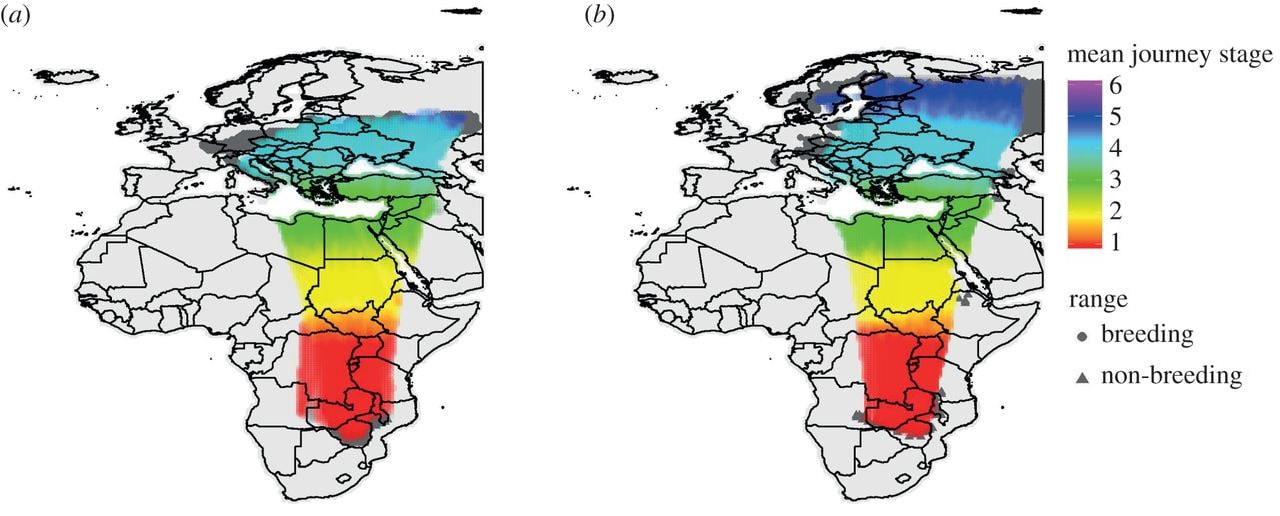This paper follows on from Tom's recent study in the Journal of Applied Ecology, with colleagues from the universities of Stirling, Aberdeen and Edinburgh, which revealed how land-use and climate change can shape the ecological contexts of conservation conflicts. They focused on the Scottish island of Islay, where a growing population of Greenland barnacle geese cause serious economic damage to farmland. They found that both improvements to pasture through fertilizer use and increasing temperatures have boosted goose population growth. This illustrates the value of exploring socio-ecological history to understand the processes leading to conservation conflict, by identifying elements of conflict that are controllable, such as local habitat management, and those that are less controllable, such as climate change, but which both need to be taken into account in predictive management models.


 RSS Feed
RSS Feed
